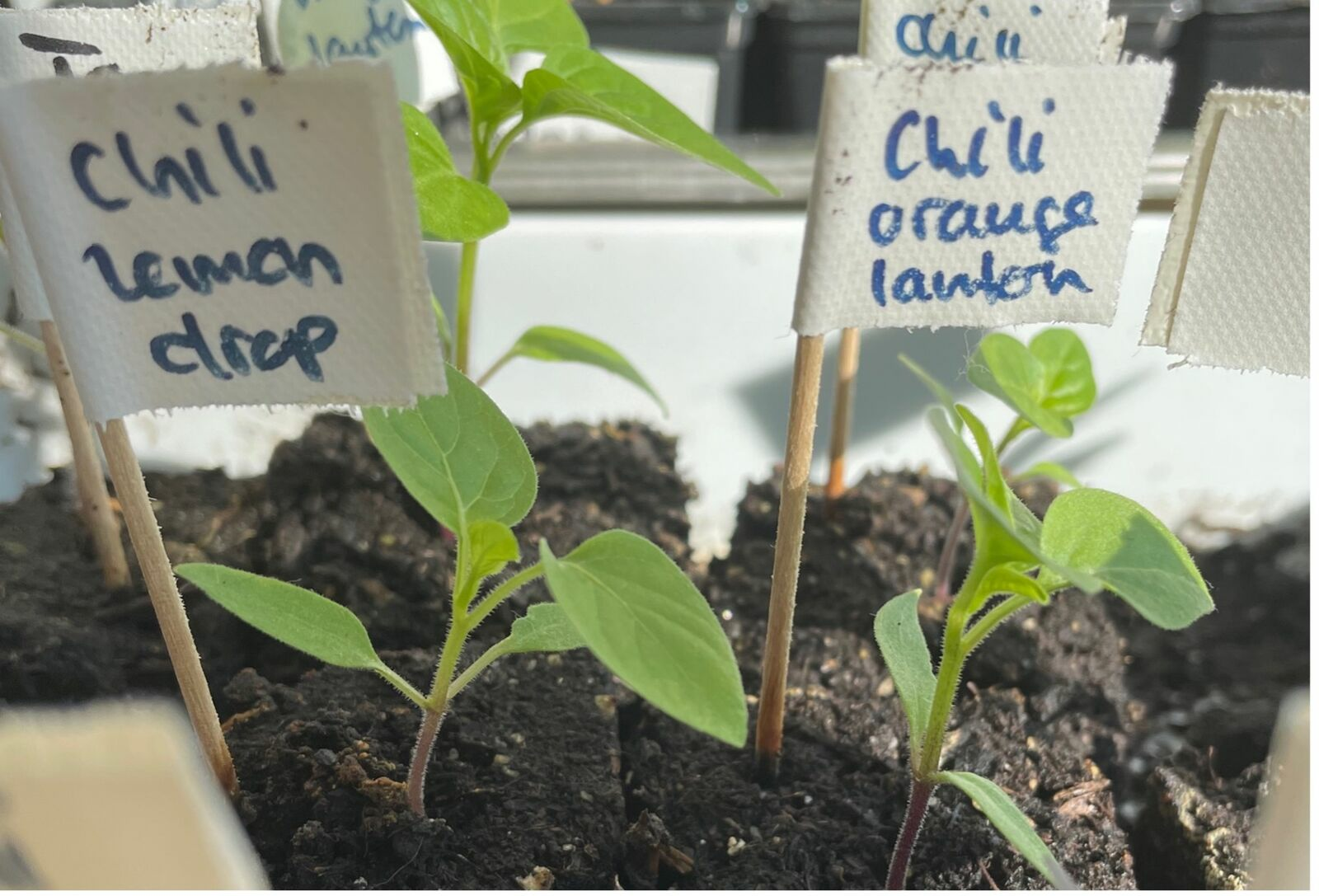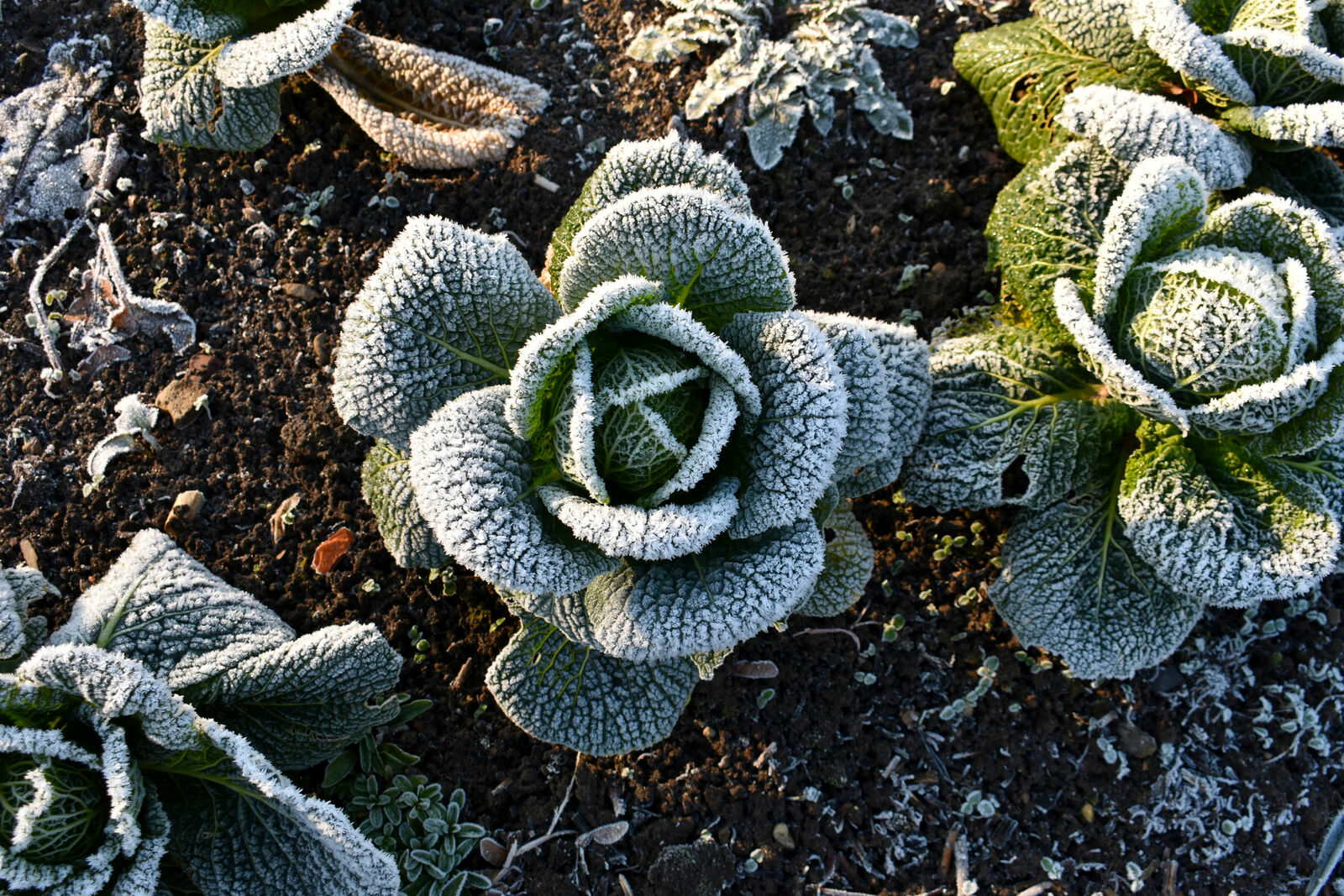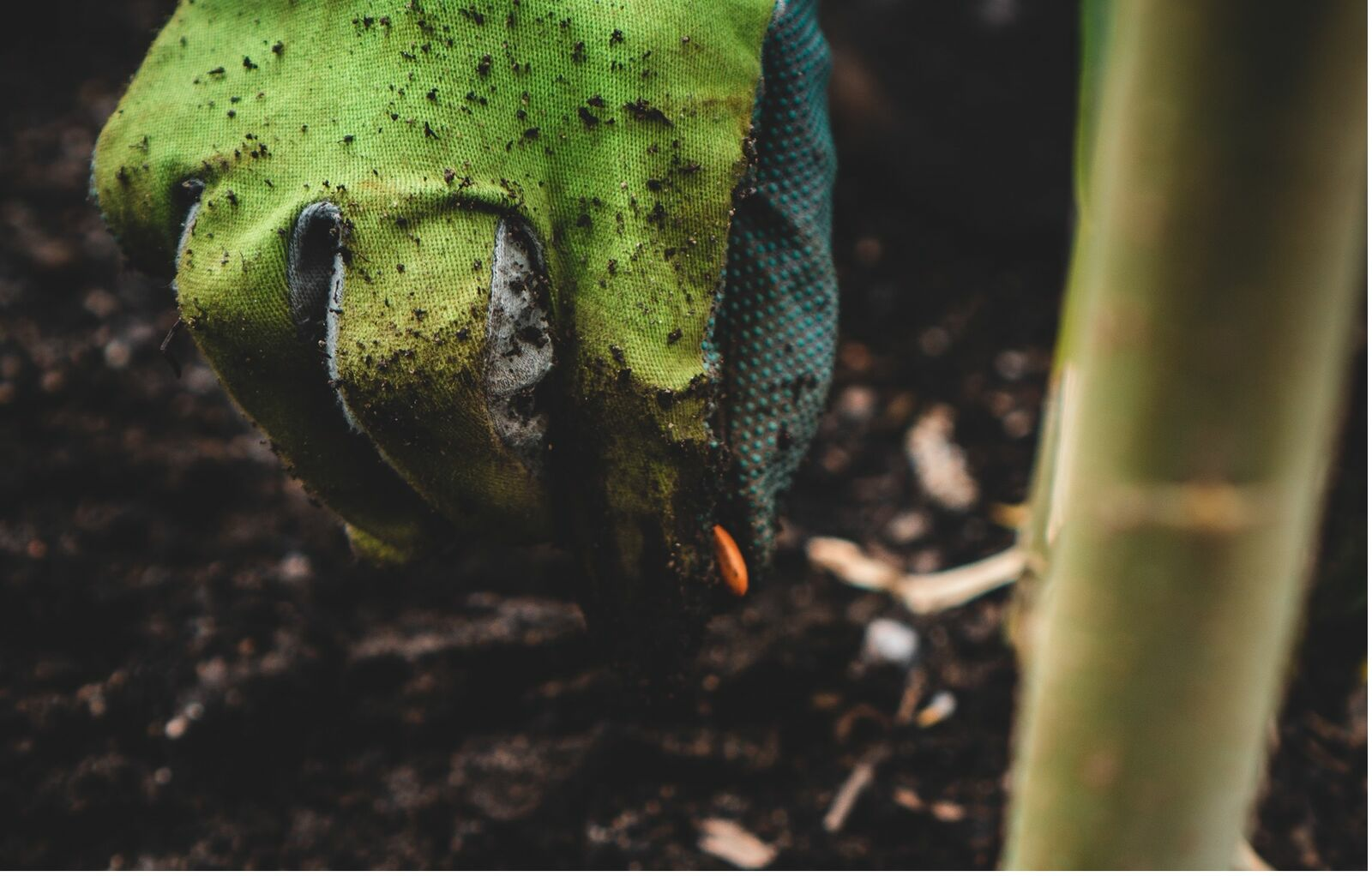Planting calendar: Sowing vegetables by month
Time for sowing
As a gardener, you want to start sowing as early as possible. But when exactly you can sow your seeds depends on their germination time and their light and heat requirements. Your seedlings can only go outside when the soil temperature is high enough. Below you will find an overview of when you can sow which vegetables.
Sowing January/February

Only a few types of vegetables should be started in January or February, as there is often not enough light and it is too cold in the garden. Some species such as cabbage, chard, parsley, lettuce, some summer flowers and spinach can already be grown in advance. Peppers and chilies can be sown indoors from mid-February.
Sowing March/April
From March and in April at the latest, the first vegetable plants can be sown or planted outdoors. From the end of March/beginning of April, you can already preplant tomatoes, cucumbers and zucchinis and many types of cabbage, carrots, radishes, lettuce, spinach, etc. can go straight into the bed.
Sowing May/June

From mid-May after the Ice Saints, all heat-loving plants such as tomatoes and peppers can now be planted outside. The seedlings are usually grown in advance and then planted in the bed in May or June. Cabbage, chard, lettuce and spinach seeds are also pre-grown for growing in sets.
Sowing July/August
In July, some short crops such as beans, peas, radishes, lettuce and spinach are sown. However, winter vegetables can also be sown in July. Some winter lettuces and cabbage varieties as well as leeks are sown in July and August.
Sowing in the fall

You can still sow some plants into the fall. There are also some overwintering, frost-resistant varieties and species so that you can harvest early in the new year. These include some varieties of peas, garlic, cabbage, spinach and winter lettuce. You can also sow green manure plants in the fall to add nutrients to your soil.

